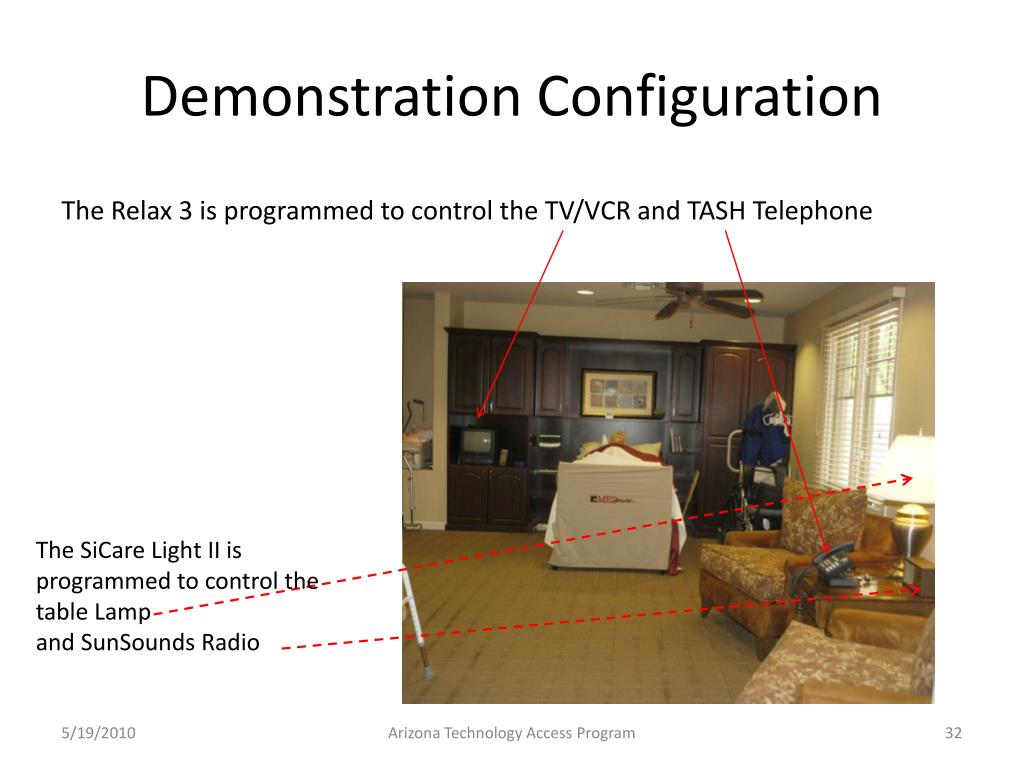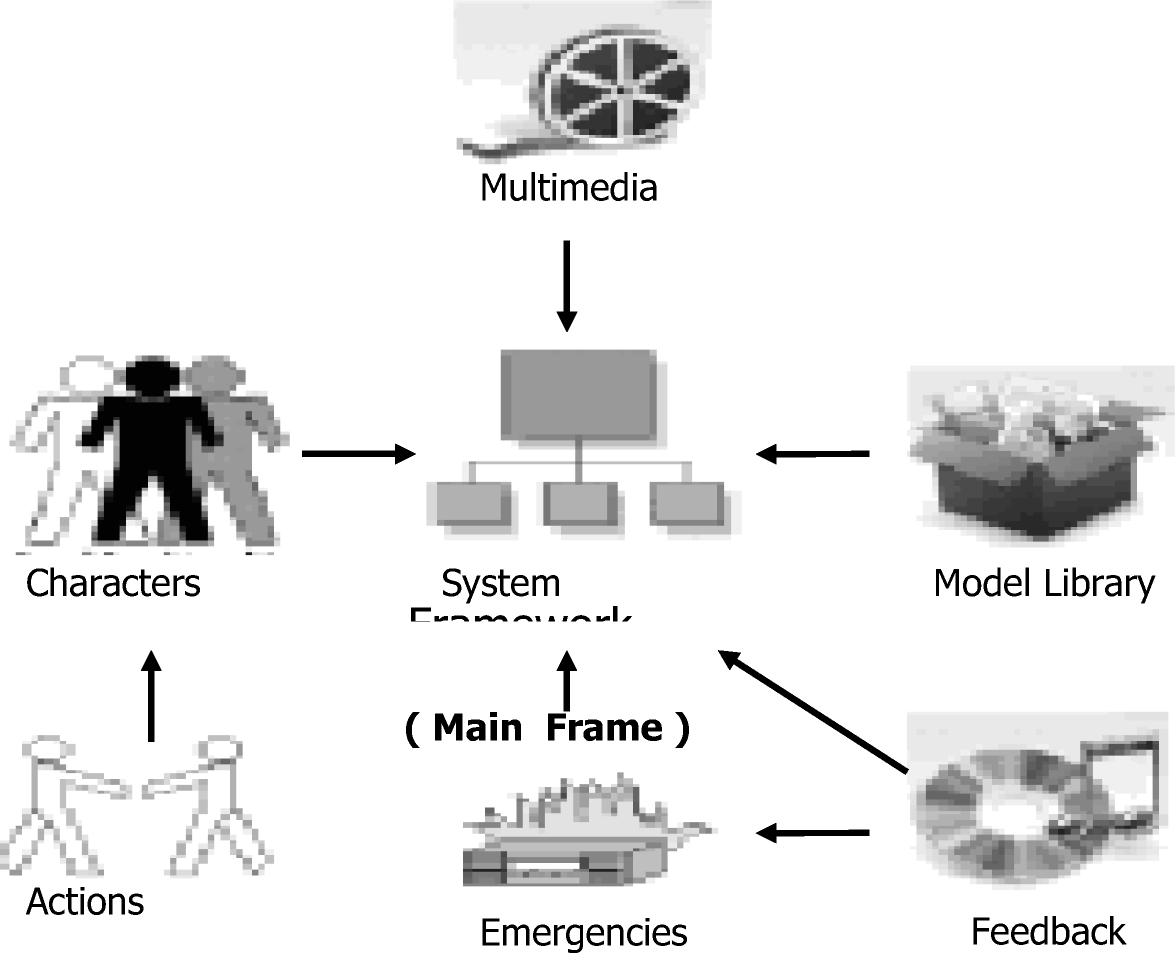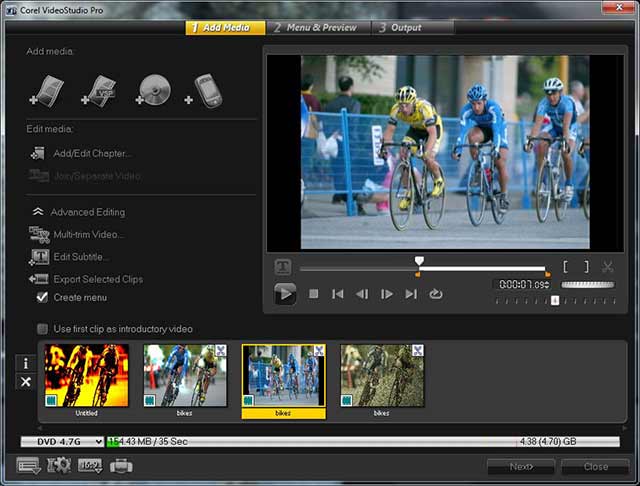- Sicare Light Device For Environmental Control Systems
- Sicare Light Device For Environmental Control Board
Sicare Pilot One control devices by voice or switch. C onvert spoken commands into signals and control numerous devices - television, telephone, lights, door system, and more. The Pilot One is a brand new introduction to the North American market featuring simple voice programming steps and improved voice recognition capabilities.
GridList
Items 1-16 of 58
Page:- 1
AbleNet PowerLink 4 Control Unit
AbleNet iTalk2 Communicator with Levels
$190.00Talking Brix Communicators, 3 Pack
$145.00AbleNet Jelly Bean Switch
$65.00

AbleNet LITTLE Step-by-Step Communicator with Levels
$195.00QuickTalker Communication Devices
$165.00 - $205.00
AbleNet LITTLE Step-by-Step Communicator
$165.00AbleNet Big Red Switch
$65.00
AbleNet LITTLE Step-by-Step Choice with Levels Communicator
$195.00AbleNet Specs Switch
SuperTalker Progressive Communicator
$375.00AbleNet PowerLink 4 Cotnrol Unit plus 2 Jelly Beamers Kit
$475.00
AbleNet Buddy Button Switches
$65.00
Gooseneck Mounting Systems
$230.00 - $235.00
AbleNet BIG Step-by-Step Communicator
$165.00AbleNet LITTLEmack Communicator
$135.00
GridList
Items 1-16 of 58
Page:Sicare Light Device For Environmental Control Systems

- 1
Sicare Light Device For Environmental Control Board

AbleNet has been improving the lives of individuals with disabilities since 1985. They create simple-to-use assistive technology products and educational programs to empower people with complex physical and cognitive disabilities. EnableMart is proud to carry items from AbleNet such as Switches, Basic Communicators, and Environmental Control Units. Find AbleNet's iTalk2, iTalk2 with Levels, PowerLink, Talking Brix and the Bluetooth EMG Wireless Switch Impulse at EnableMart.com!Airlink Manual
Wired Switches Manual
ATI Spinner Manual
Big Beamer and Jelly Beamer or WSLAT Manual
Big Step-by-step and Little Step-by-step Manual
Step-by-Step with Levels
BIGmack and LITTLEmack Manual
BookWorm Manual
Cling Manual
FL4SH Manual
iTalk2 Manual
iTalk2 with Levels Manual
Lingo Manual
PowerLink Manual
Relax3 Manual
SiCare Light II Manual
Slim Armstrong Manual
Super Talker Manual
Single, Choice and Dual Switch Latch and Timers Manual
Talking Symbols Manual
USB Mini/USB King Manual
Assistive Technology to Enhance Environmental Control
Think of all of the activities that require electronic device controls in a home that are used on a daily basis and often taken for granted turning on a light, channel surfing, changing the temperature in the house, etc. To truly live independently, one must be able to control these devices on their own. Standard controls for these types of devices such as remote controls, light switches, and thermostats can pose significant access problems for people with physical disabilities. Environmental Control Units (ECUs) or Electronic Aids to Daily Living (EADLs) provide a means for people with physical disabilities to independently control these essential devices within their environments.
ECUs are modules that can be used to control household devices either through infrared technology or hardwiring the devices to the module. In a sense, ECUs are accessible universal remote controls in that they provide accessible control for multiple devices from one command module. ECUs can control a single device or can act as a command module to control any combination of electrical devices in a users environment. Devices that can be controlled include televisions, VCRs, DVD players, CD players, stereos, satellite dishes, cable boxes, lamps, lights, thermostats, beds, toys, or phones, etc. Hardwiring ECUs to particular devices can improve the consistency of control, however using remote control functions provides an individual with more versatility as to where in the environment (different rooms) the device can be used.
Typical ECUs are controlled either through a series of touch screens, audio or visual scanning through a series of menus, or through voice commands. Voice commands give the most direct access to devices, however they are also the least reliable (because the device needs to interpret the command properly) and are often only effectively used on computer based systems. To control a device via a touch screen or through a series of menus, the user will first select the device to control from the menu, which will then bring up a touch screen or menu consisting of the controls for that device. Some devices will have more control options than others, thus the size of menus or touch screens can vary from device to device. For example, a television will have controls for power, channel changing, and volume whereas a light will typically only have options for power. Once the device to control has been selected, users will either have direct access to their desired control (touch screen) or will have to scan to select their control (menu). To control another device, the user must exit the current screen or menu and begin the process again.
ECUs are available in three types of command modules, stand alone, computer-based, and Augmentative and Alternative Communication (AAC) device-based. The type each used is often based on the user's physical abilities and home situation. Stand alone ECU devices have the dedicated purpose of controlling devices within the environment such as entertainment equipment, lights, or bed controls. Often, stand alone ECUs utilize both infrared technology and hardwired applications to control other devices in the users environment. The stand alone command module must be in the same room as the devices it is controlling and is typically used by an individual that spends the majority of their time in one room. The access method for a stand alone module is typically a series of menus accessed through audio or visual scanning. Computer-based modules run ECU programs through a standard home computer. This is not a dedicated ECU device, it is a software package that runs through a standard computer and is often accessed through voice commands. This type of ECU can have different interfaces for different rooms providing the user with access to devices throughout the house. Infrared technologies have also expanded the potential of AAC devices beyond simply communication to include the capability to control devices that require a remote control such as most entertainment equipment. AAC devices typically travel with an individual and thus can be programmed to control various devices throughout the house. Because of the nature of AAC devices (often touch screens), accessing ECU controls is accomplished through a series of touch screen menus that are also mouse accessible and used by individuals with the ability to control one of these interfaces. The most common user is a wheelchair user who uses an AAC device for communication. Someone with a communication disability but without a physical disability would not need to access the ECU feature of their AAC device. Regardless of the type of command module or access method, ECU devices provide users with a level of access
The ECUs that have been discussed are all encompassing ECUs that allow users to control all electronic devices in their home (each device must be programmed into the ECU for control). These ECUs can often be expensive. Some examples of ECU systems include:
- Imperium
- Multimedia Max
- Nemo
- Sicare
- Mercury
- Relax
- Quartet
- Keo
For those with limited funding for AT or who do not need to control multiple devices, single device ECUs are also available. Examples of these include, alternative television remote controls (scanning based and voice controlled), accessible phones, X10 systems for lamps, and nurse call systems. These ECUs are considered stand alone ECUs and are typically controlled via scanning.
Back - Next
